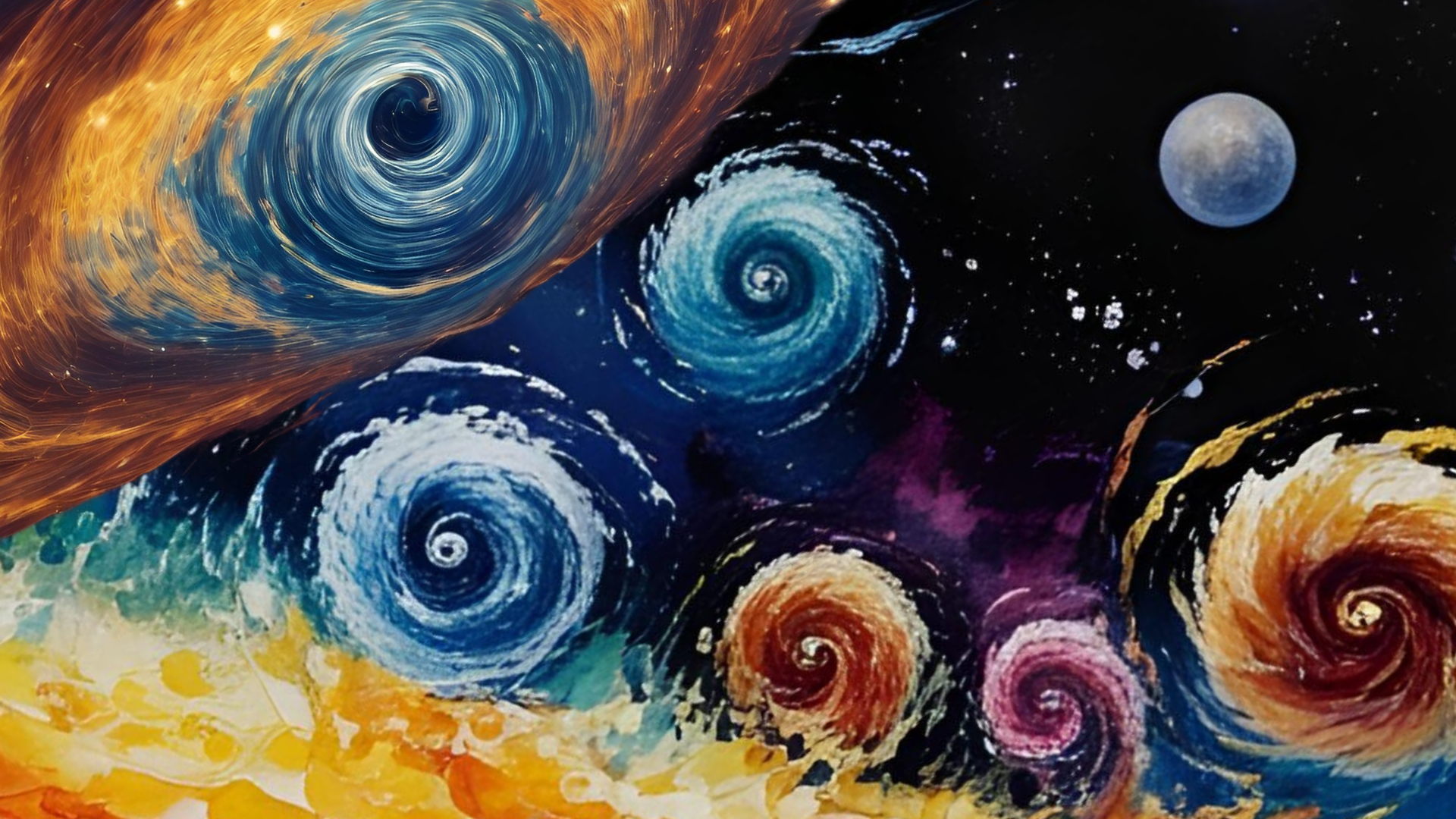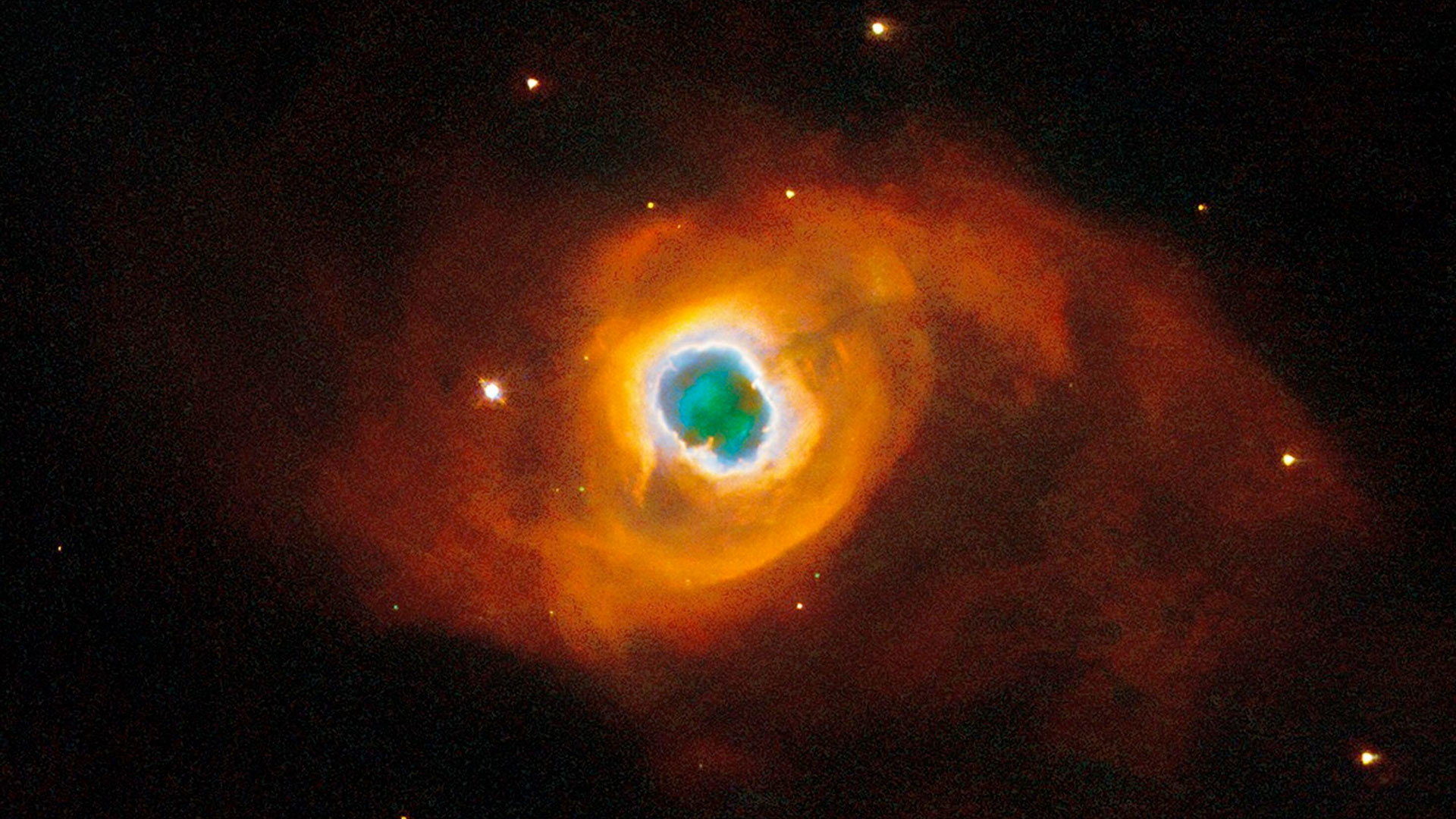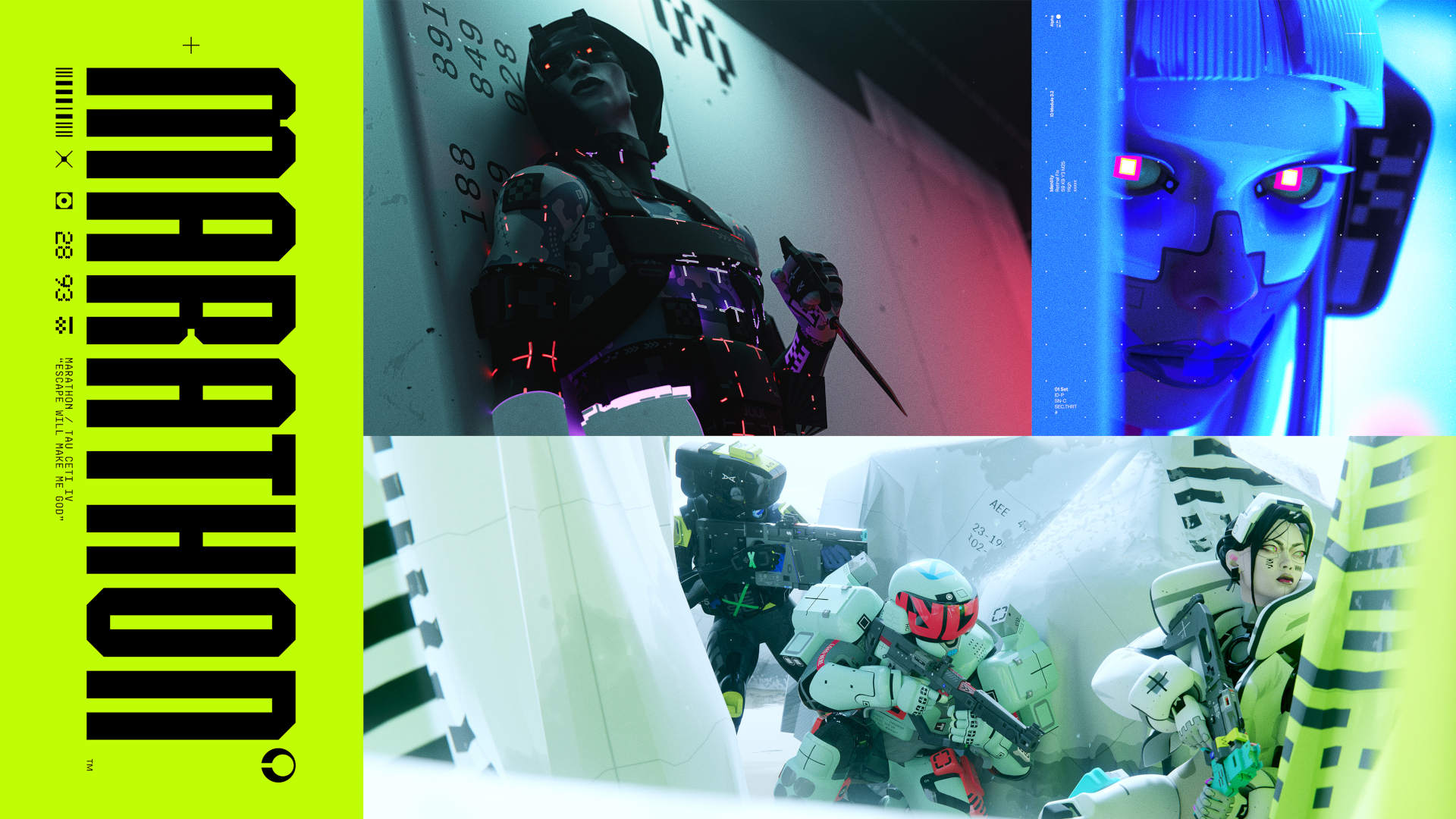Joe Engle, X-15 rocket plane and space shuttle astronaut, dies at 91
Engle is recorded as the sixth person to fly a suborbital flight and 104th to enter orbit.
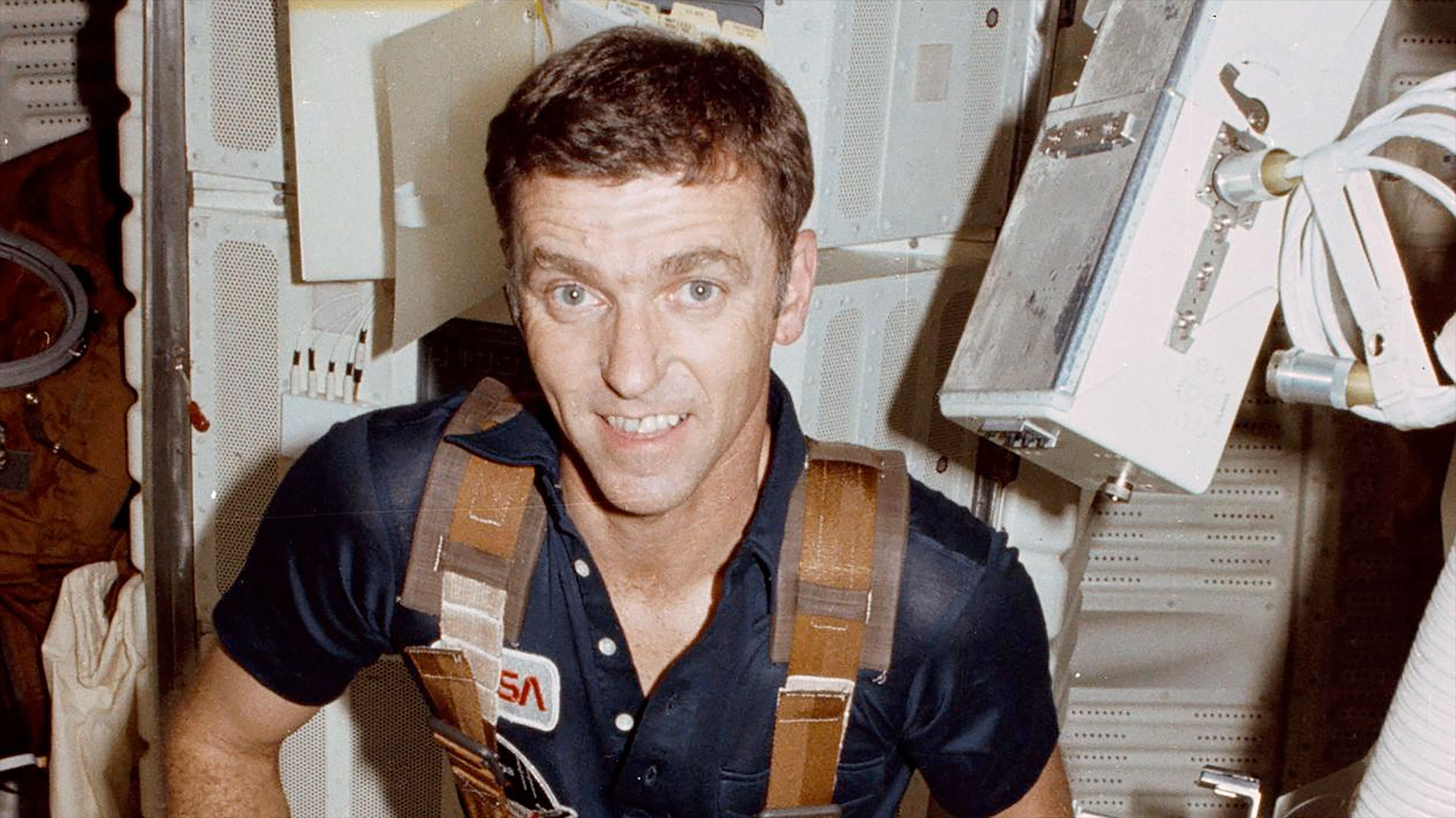
Joe Engle, the first astronaut to fly in space aboard two different winged vehicles, has died at the age of 91.
Engle's death on Wednesday (July 10) was announced in a note from his family shared publicly on Facebook.
"Blessed with natural piloting skills, General Joe, as he was known to many, was at his happiest in any cockpit," read the note. "He lived a fulfilled life as a proud American, U.S. Air Force pilot, astronaut and Kansas Jayhawk. His passing leaves a tremendous loss in our hearts."
Engle's first flight into space preceded him becoming a NASA astronaut by 10 months. As a test pilot in a joint U.S. Air Force and NASA-run research program, Engle flew the X-15 rocket plane above 50 miles (80 kilometers), qualifying him for his astronaut wings, on June 29, 1965.

"I honestly recall that more important than going over the 50 miles was getting as close to [the] planned altitude profile as possible, and I think the fact that it came out very, very close meant more to me, really, than the fact that I'd gone over 50 miles," said Engle in a 2004 NASA oral history.
Engle repeated the feat two more times out of his 16 total flights aboard the X-15 before being selected for NASA's fifth group of astronauts in April 1966.
His second winged ride into space was on the space shuttle Columbia.
On Nov. 12, 1981, Engle launched with Richard "Dick" Truly on STS-2, the second mission of the Space Transportation System. The mission demonstrated that the space shuttle orbiter was reusable and was the first to "fly" the Canadarm remote manipulator system, or robotic arm.
"We launched and went through the vibrations of launch, which was very impressive," said Engle at a 35th anniversary celebration of his STS-2 flight. "And very loud and noisy — very unspacey, by the way — it was like an old pickup truck with a lot of loose tools in the back."
Truly and Engle also tested the vehicle's orbital maneuvering system engines, performed several science experiments, spoke live with President Ronald Reagan and were awakened by the Muppets ("Pigs in Space"). The planned five-day flight was then cut short due a failed fuel cell.
On Nov. 14, 1981, with Engle at the controls, Columbia touched down at Edwards Air Force Base using the same dry lakebed in southern California where he earlier landed the X-15.
Related: NASA's space shuttle: The first reusable spacecraft
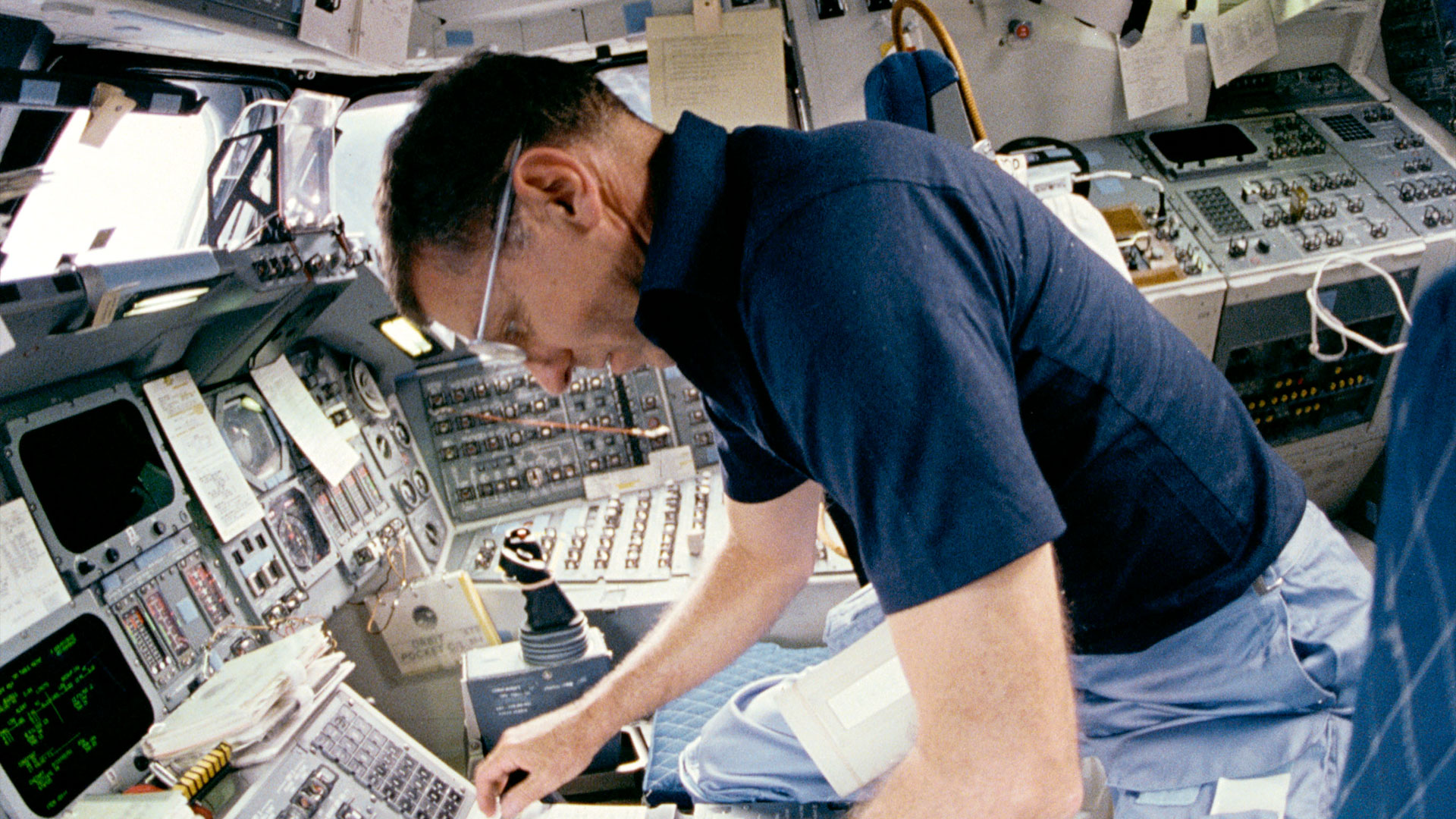
Four years later, Engle commanded his fifth and last spaceflight (his second launch into orbit), NASA's STS-51I mission aboard the space shuttle Discovery. Flying with pilot Dick Covey and mission specialists James "Ox" van Hoften, Mike Lounge and Bill Fisher, Engle and his crewmates deployed three commercial communications satellites and retrieved and repaired another satellite that was launched on an earlier space shuttle mission.
The week-long mission concluded with Engle landing Discovery at Edwards Air Force Base.
In total, Engle logged nine days, 8 hours and 30 minutes while circling Earth 149 times. He is recorded as the sixth person to fly a suborbital flight and 104th to enter orbit in the Association of Space Explorers' Registry of Space Travelers.
Joe Henry Engle was born on Aug. 26, 1932 in Chapman, Kansas. He earned a Bachelor of Science degree in aeronautical engineering from the University of Kansas in 1955 and was commissioned with the Air Force through the school's Air Force Reserve Officer Training Corps.
Engle earned his pilot wings in 1958 and and was assigned to fly F-100 Super Sabre jets for the 474th Fighter Day Squadron and, later, the 309th Tactical Fighter Squadron at George Air Force Base in California. Recommended by Chuck Yeager for the U.S Air Force Test Pilot School at Edwards Air Force Base, Engle graduated in 1961 and then, again at the urging of Yeager, joined the third class at the Aerospace Research Pilot School.
"I learned later that Chuck's philosophy was that the good pilots are the ones who have the most flying, who go after flying the hardest and take it serious, and I think that that probably influenced him to support and recommend me for the test pilot school more than anything else," said Engle.
Prior to flying the X-15, Engle applied for NASA's third group of astronauts, but was diverted by the Air Force to fly the rocket plane.
As a NASA astronaut, Engle first served on the crew of 2TV-1, a vacuum chamber test of the Apollo command module. For eight days, Engle, together with astronauts Joseph Kerwin and Vance Brand, lived inside the sealed capsule, simulating a spaceflight.
Related: The Apollo Program: How NASA sent astronauts to the moon
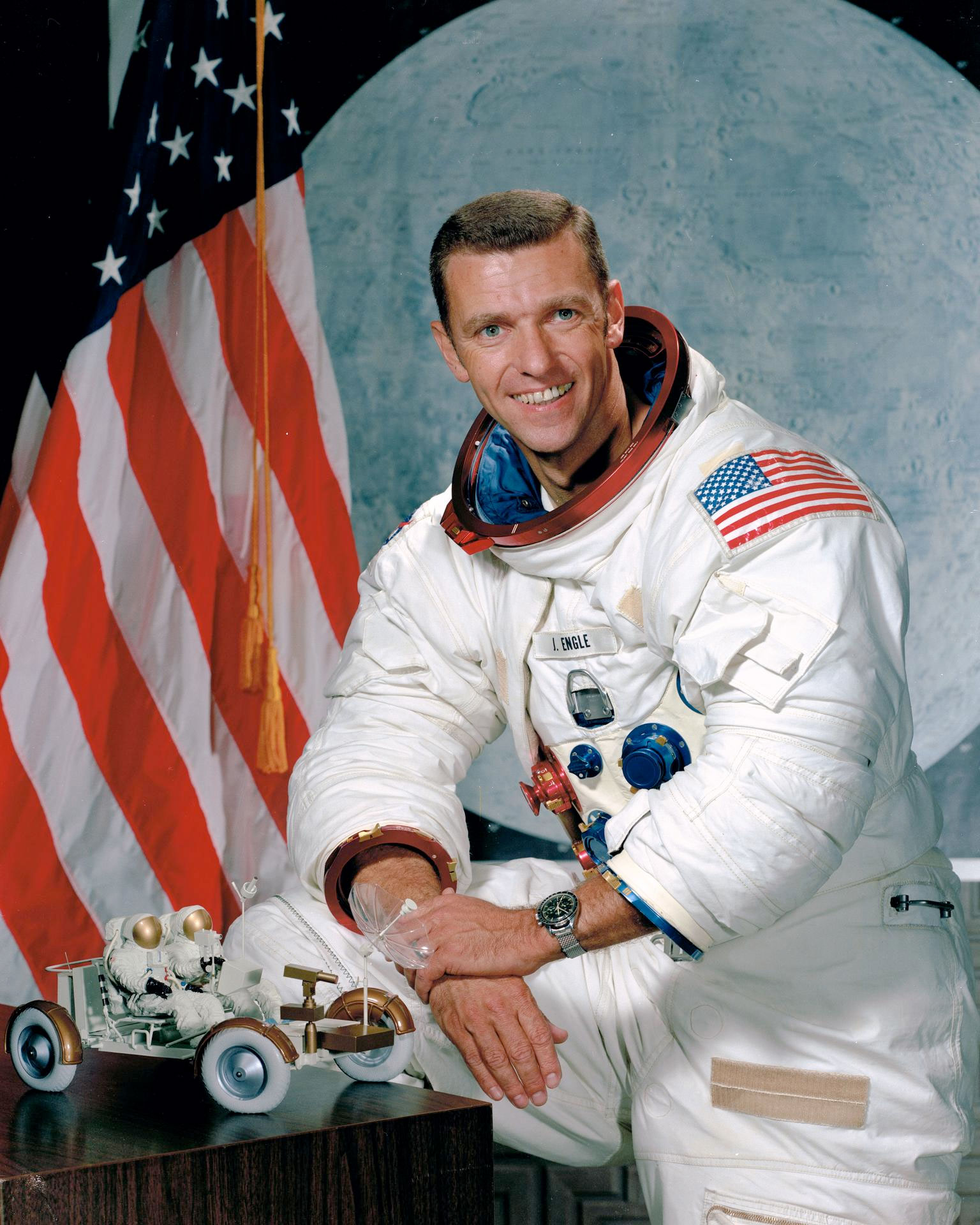
Engle was then assigned as a support crew member for Apollo 10, prior to being named the backup lunar module pilot for the 1971 Apollo 14 mission. This put him in line to land on the moon on Apollo 17, but he was replaced by geologist Harrison "Jack" Schmitt due to pressure to fly a scientist before the lunar landing program ended.
"Of course, that's what the lunar missions were all about [science], so it was a perfectly legitimate rationale," said Engle. "I think [the] first choice would have been to leave the crew intact, but I think that there was a great deal of pressure [to fly Schmitt], and understandably so."
Engle was reassigned to the shuttle program, where he was paired with his future STS-2 crewmate, Truly, to be one of two teams that demonstrated the orbiter's ability to land like a plane as part of a series of approach and landing tests. Engle and Truly flew one "captive" flight with the prototype Enterprise remaining attached to the top of the Shuttle Carrier Aircraft and two "free" flights, separating at altitude from the modified 747 jetliner to then touch down at Edwards.
"A lot of the airplane systems had to be developed because the shuttle wasn't really an airplane, but you had to go through the airplane part of the shuttle to get it on the ground, the part where everybody could see you come back and land," said Engle in 2016. "And that was the important part."
Between his first and second space shuttle missions, Engle served as deputy associate administrator for human spaceflight at NASA Headquarters from March to December 1982.
Engle retired from NASA on Nov. 28, 1986. Two days later, he resigned from the Air Force and on Dec. 1 was promoted to the rank of major general. Engle's last active-duty military assignment was as the Air National Guard Assistant to the Commander in Chief for U.S. Space Command and North American Air Defense Command headquartered at Peterson Air Force Base in Colorado. In total, Engle logged more than 14,700 flight hours, 9,900 in jets — while flying more than 185 different types of aircraft, including 38 different fighter and attack aircraft.

For his service to the U.S. space program, Engle was awarded U.S. Air Force and NASA astronaut wings, Air Force and NASA distinguished service medals, two NASA spaceflight medals and a NASA exceptional service medal, among other honors. He was a recipient of the Dr. Robert H. Goddard Memorial Trophy, the Robert J. Collier Trophy and the Iven C. Kincheloe Prize, the latter for his role in the space shuttle approach and landing test program.
Engle was added to the Aerospace Walk of Honor in Lancaster, California in 1992 and was inducted into the National Aviation Hall of Fame in Dayton, Ohio, and U.S. Astronaut Hall of Fame at Kennedy Space Center in Florida, both in 2001. In 2014, he was enshrined in the International Air & Space Hall of Fame at the San Diego Air & Space Museum in California.
In 2021, the Astronaut Joe Engle Archive Collection debuted at the Experimental Aircraft Association (EAA) Aviation Museum in Oshkosh, Wisconsin, based on a donation of his archives from the year before.
Engle was preceded in death by his STS-2 crewmate, Truly, in February of this year. With Engle's death, all 12 pilots to fly the X-15 are now deceased.
Engle was first married to Mary Catherine Lawrence, with whom he had two children and one stepchild. He is survived by his widow, Jeanie Carter Engle.
Get the Space.com Newsletter
Breaking space news, the latest updates on rocket launches, skywatching events and more!
Follow collectSPACE.com on Facebook and on Twitter at @collectSPACE. Copyright 2024 collectSPACE.com. All rights reserved.
Join our Space Forums to keep talking space on the latest missions, night sky and more! And if you have a news tip, correction or comment, let us know at: community@space.com.

Robert Pearlman is a space historian, journalist and the founder and editor of collectSPACE.com, a daily news publication and community devoted to space history with a particular focus on how and where space exploration intersects with pop culture. Pearlman is also a contributing writer for Space.com and co-author of "Space Stations: The Art, Science, and Reality of Working in Space” published by Smithsonian Books in 2018.In 2009, he was inducted into the U.S. Space Camp Hall of Fame in Huntsville, Alabama. In 2021, he was honored by the American Astronautical Society with the Ordway Award for Sustained Excellence in Spaceflight History. In 2023, the National Space Club Florida Committee recognized Pearlman with the Kolcum News and Communications Award for excellence in telling the space story along the Space Coast and throughout the world.

